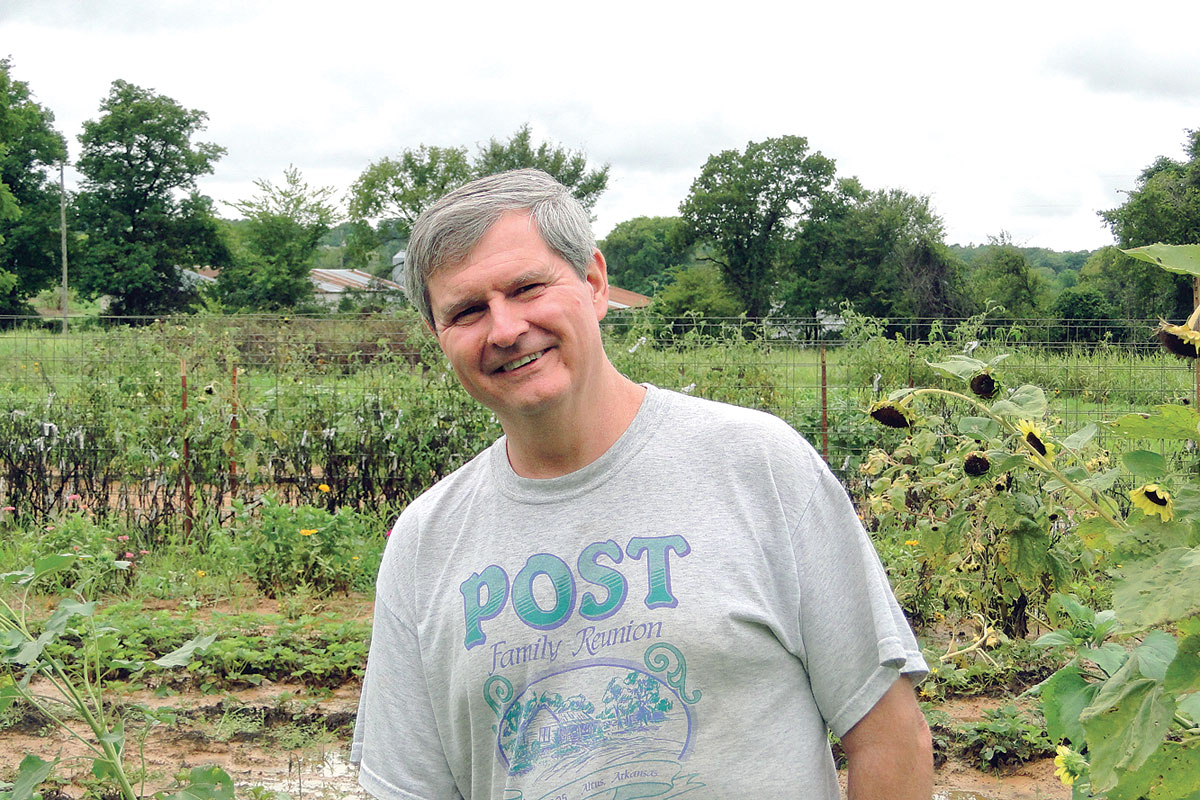
Location: Altus, Ark.
About the business: “I am a future market analyst focusing on livestock markets. I work out of my home, via Internet and phone for a media organization based in Cedar Falls, Iowa. Our purpose is to offer statistically based predictions to aid both producers and buyers in the commodity sector. Futures contracts enable producers to sell before and/or after their products are harvested, which in turn helps stabilize both the economy and the availability of seasonal products year-round.
“The best way to understand is to look at exchange market history. In the 1840s Chicago became an important commercial center due to railroad lines, telegraph lines and the McCormick reaper for wheat. A problem arose. When farmers brought their wheat, adequate storage facilities were unavailable and the producer had a glut of grain with a fair exchange rare. Before long, contracts developed. The farmer might store his grain and agree to deliver a certain number of bushels of a certain quality at a certain time. Buyers took the risk of unexpected market fluctuations and producers took the risk of penalties if amounts or quality were insufficient. This system worked best for everybody, and markets grew to include precious metals and meats with pork bellies being the first. Contracts were the answer to huge seasonal supply/demand imbalances for bacon. Most pigs were born in the spring and went to market in the fall while bacon demand peaked during summer when supplies were at their lowest. The belly contract encouraged bacon storage from fall into summer. Cattle and hog futures were established in the 1960s and energy futures came in the 1970s and 1980s.
“When I started in this business as a livestock analyst, our department had one machine which developed charts and terminals connected to a mainframe that carried market information into the office. Only one micro IBM computer was used with much done on paper. Clients were able to contact the home office for up-to-the-minute information in addition to frequent newsletters. Later I had two PCs on my desk with all the electronic data coming directly into them. They also generated charts and did the statistical analyses from which I could compose my predictive reports. I really appreciate improved communication systems allowing me being able to work from home.
“I also follow the cattle and feeder markets closely. The U.S. drought in 2011-2012 caused many farmers to decrease herd size because of a shortage of pasture and grain and prices subsequently surged. Logically, the cattle industry has been increasing numbers to meet consumer demand though the end of expansion may be approaching. The bottom line is my reports and my daily radio spot are meant to help livestock producers and buyers maximize returns in their operations.”






